Siemens Plugs
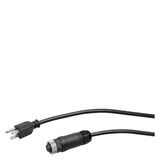

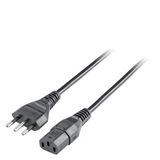
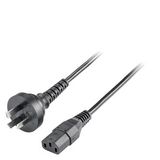
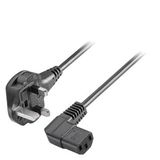


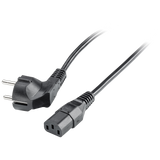

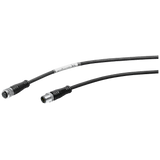
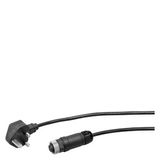
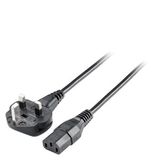
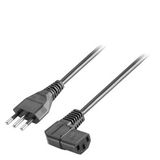
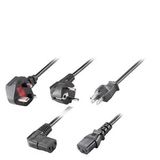

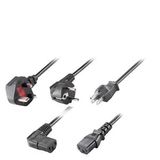
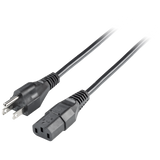

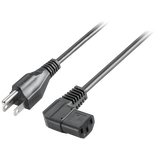
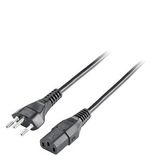
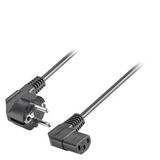
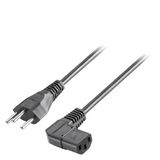
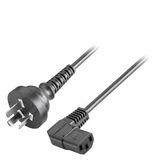
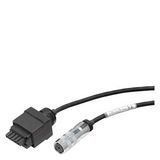
siemens plugs and distributors Application scope and brand context
Site power, construction cabins, food plants, and stage rigs all want the same thing: coded connectors that don’t cross-wire, housings that survive knocks, and boards that keep water out when a lid is shut. Siemens builds around the IEC 60309 system, so colors and clock positions are consistent across voltage systems, and mating is blocked if ratings don’t match. In practice, that cuts commissioning mistakes and keeps temporary power as safe as permanent gear.
Siemens ranges and series overview
You’ll find straight and angled plugs, in-line and panel sockets, interlocked switched outlets, and portable splitters up to 125 A. Current sizes typically 16/32/63/125 A; poles 2P+E, 3P+E, and 3P+N+E. Portable distributors arrive as rubber or thermoplastic bodies with protected MCB/RCD cavities and gland plates; fixed versions land in powder-coated enclosures with hinged, lockable covers. For harsh sites, look for IK08 impact ratings and IP67 couplers; for indoor OEM frames, IP44 often suffices and reduces size and cost.
siemens industrial plug systems Form factors and coding
Housings in glass-fiber reinforced PA6/PA12 or PBT resist oils and cleaning agents. Pins are silver- or nickel-plated brass with spring pressure to control contact resistance under vibration. Clock positions 6h (230 V), 9h (400 V) and others follow IEC 60309 color codes, so night shift crews don’t need to read labels to stay safe. Many bodies accept pilot contacts to supervise load before engagement on larger frames.
Other Siemens products
Technical specifications and standards for Siemens connectors
Conformance is to IEC 60309 (plugs, socket-outlets and couplers) and IEC/EN 61439 for assembled distributors. Typical degrees of protection: IP44 splashproof with hinged lids; IP67 watertight with double-lip seals. Thermal class supports continuous operation at 50/60 Hz with terminal windows roughly 1.5…25 mm² (16–63 A) and up to 50 mm² on 125 A bodies; screw or cage-clamp options exist by frame. Ambient −25…+40 °C is standard; derate at altitude per Siemens tables. Cable entrances use M20…M40 glands with strain relief bars; choose stainless fittings in washdown areas. Interlocked outlets combine a mechanical switch-disconnector (IEC/EN 60947-3) so the plug cannot be withdrawn under load. Where needed, fit 30 mA or 300 mA RCDs upstream and coordinate with Type B devices for VFD loads.
siemens modular plugs Configurations, terminations, and glands
Modular bodies speed repair: front rings, gaskets, and inserts can be swapped without retiring the entire connector. We’ve seen crews cut changeover time on event rigs to minutes because spares sit as small kits, not full assemblies. Termination access is generous; lids open to 120° and marked wire ranges keep mistakes down. For quick builds, spring-clamp inserts eliminate torque tools; for mining and heavy industry, use double-screw lugs and lock-washers.
siemens socket distributors Portable and fixed assemblies
Portable units carry recessed CEE outlets under individual lids, with clear windows over protective devices to speed inspection. Fixed boards mount on backplates or strut; busbars are segregated, and PE continuity is bonded with visible links. Label fields are solvent-resistant; QR codes can carry circuit schedules if your site standard allows.
Applications and compatibility in Siemens ecosystems
On construction floors, these assemblies become the temporary backbone from tower-crane incomers down to 16 A tools. In food and beverage, IP67 couplers handle foam cleaning, and blue 230 V coding keeps single-phase circuits distinct. Entertainment venues prefer low-profile 32 A/63 A angled patterns behind truss to relieve cable bend. For drive cabinets, keep interlocked outlets upstream of filters and VFDs, and segregate control wiring from connector cavities to avoid EMC bleed-through. When specifying siemens power plugs, include clock position, pin count, and environmental IP so procurement doesn’t substitute look-alikes. For hub-and-spoke setups, siemens connector distributors let you fan out safely near the load and minimize long runs of small-section cable. Multi-site buyers often route inquiry through siemens electrical distributors for consistent EAN/MPN governance and warranty traceability.
Integration with other Siemens products
Distributors sit neatly upstream of SENTRON in-row panels; feed with 5SY/5SL MCBs or 5SV RCDs using standard busbar kits. For motor systems, coordinate with SIRIUS contactors and soft starters; add auxiliary microswitches on interlocked outlets to the safety PLC (S7/ET 200) for permissives. Surge protection (SPDs) should land ahead of outdoor branches; choose Type 2 at the board, Type 3 near sensitive stage dimmers. Where metering is required, clamp-on CT blocks fit the incomer without fouling the connector footprint.
Selection criteria for B2B buyers
Start with current and pole count, then decide duty environment: IP44 for indoor dry zones, IP67 for hose-down or dust. Confirm clock position and color per supply system. Check terminal capacity against actual cable OD and gland thread; leaving no room for bending radius is the fastest way to fail an inspection. For interlocked outlets, verify making/breaking category and short-circuit withstand upstream. If runs exceed 50 m on 32 A circuits, model voltage drop and upsizing; crews often blame connectors for heat that’s really cable sizing. For rental fleets, standardize on one insert family to simplify spares.
Siemens ranges and logistics notes
Two practical points from field rollouts: order angled bodies for cramped risers to avoid lid clash, and keep spare lid gaskets in the van—most downtime on outdoor sets is water ingress after a lost seal. Also, pick transparent windows for distributor covers on sites with daily visual checks; supervisors close audits faster when device positions are visible without opening.
Advantages of working with Bankoflamps
We align connector frames, clock positions, IP class, and interlock options to your one-line and load list, then show live EU stock by warehouse before you book site windows. Quotes usually return in about an hour with EAN/MPN, terminal ranges, and gland threads called out, so substitutions don’t creep in mid-phase. Your portal exposes lead times, shipment status, and downloadable price lists with validity dates. Approved accounts get up to 30 days post-payment. We consolidate by panel, riser, or venue zone to cut freight and on-site sorting. Your account manager cross-checks fault levels, protection selectivity, enclosure depth, padlock policy, and cable OD against drawings, so crates arrive build-ready and technicians plug once.